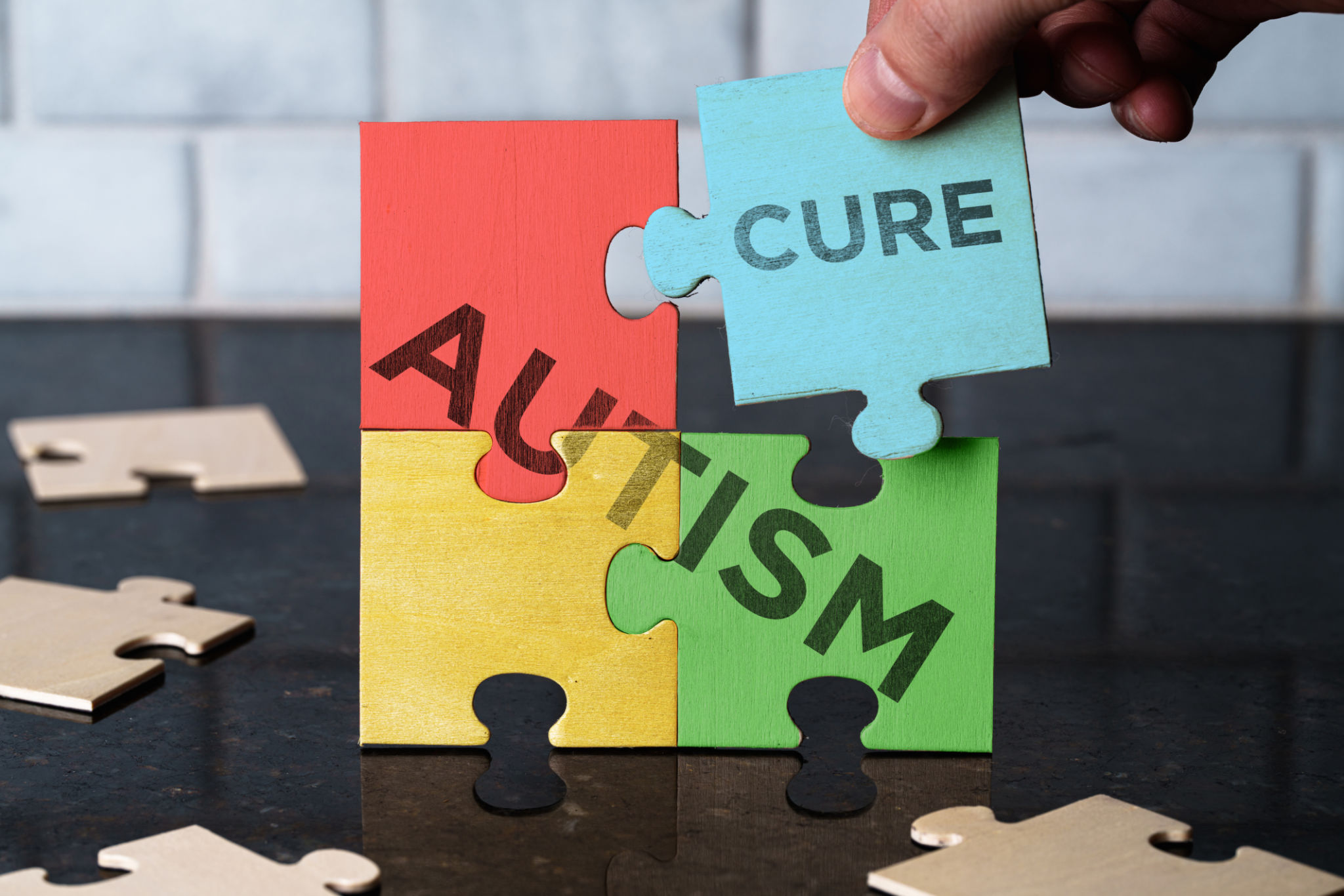Top 5 Common Misconceptions About Special Education Advocacy
DH
Introduction to Special Education Advocacy
Special education advocacy is a crucial component in ensuring that children with disabilities receive the education and support they need. However, there are numerous misconceptions surrounding this field that can hinder effective advocacy efforts. In this post, we will explore the top five common misconceptions about special education advocacy and provide clarity on these important issues.

Misconception 1: Advocacy Is Only for Severe Disabilities
One of the most prevalent misconceptions is that special education advocacy is only necessary for children with severe disabilities. In reality, advocacy is essential for any child who requires additional support, regardless of the severity of their condition. Whether a child has a learning disability, ADHD, or autism, advocacy ensures they receive appropriate accommodations and services to succeed academically.
Supporting All Needs
Advocacy isn't limited to just those with visible or profound disabilities. It encompasses a wide range of needs, ensuring that each child has access to the same educational opportunities. This broad approach helps in addressing both academic challenges and social-emotional needs.
Misconception 2: Only Parents Can Be Advocates
Another common belief is that only parents can act as advocates for their children. While parents play a critical role in advocacy, they are not alone in this endeavor. Teachers, counselors, and professional advocates can also be instrumental in navigating the special education process. Collaboration among all stakeholders is key to successful advocacy.

The Role of Professional Advocates
Professional advocates bring expertise and experience that can be invaluable in understanding laws, rights, and educational strategies. They work alongside families and schools to craft individualized education plans (IEPs) that best serve the child’s needs.
Misconception 3: Advocates Are Always Adversarial
Some people think that advocacy is inherently confrontational, pitting parents against schools. However, effective advocacy is about collaboration and finding common ground. The goal is to work together to create a supportive environment for the child.
Building Positive Relationships
Advocates can foster positive relationships between families and educational institutions by focusing on communication and understanding. This approach leads to more constructive outcomes and ensures that the child's best interests remain at the forefront.

Misconception 4: Advocacy Is Only About Legal Rights
While understanding legal rights is an important aspect of advocacy, it is not the sole focus. Advocacy also involves understanding the child's unique needs and strengths and working towards a comprehensive educational plan that addresses these areas.
Holistic Approach to Advocacy
A successful advocate considers the whole child, including their academic performance, emotional well-being, and social interactions. This comprehensive approach ensures that all aspects of the child's development are supported.
Misconception 5: Advocacy Ends Once an IEP Is in Place
Some believe that once an Individualized Education Program (IEP) is established, the need for advocacy ceases. However, advocacy is an ongoing process. Regular monitoring and adjustments to the IEP may be necessary to ensure it continues to meet the child's evolving needs.
The Importance of Continuous Advocacy
As children grow and their educational requirements change, continuous advocacy ensures that they remain on a path to success. By staying engaged, advocates can address challenges as they arise and celebrate successes along the way.
Conclusion
Understanding these misconceptions about special education advocacy is vital for any stakeholder involved in the process. By dispelling myths and embracing a collaborative, inclusive approach, we can better serve children with disabilities and provide them with the quality education they deserve.
